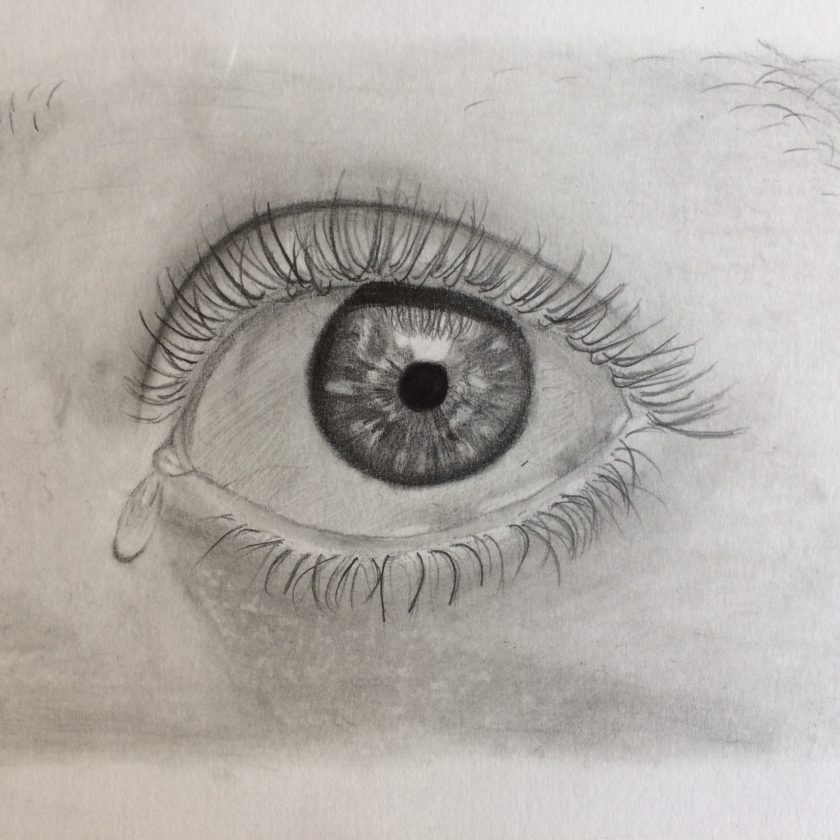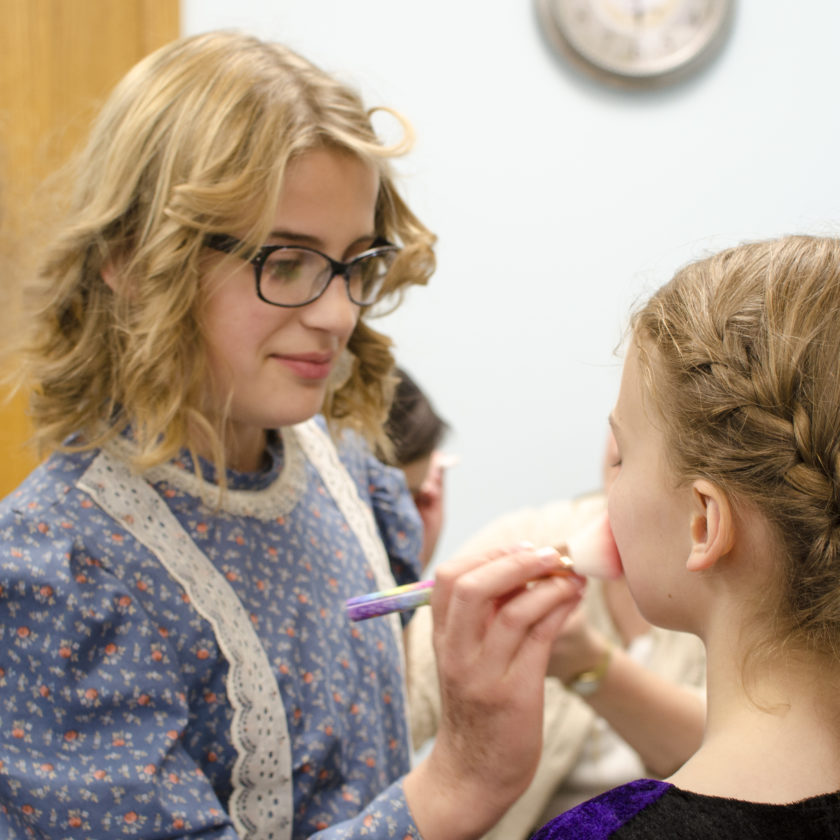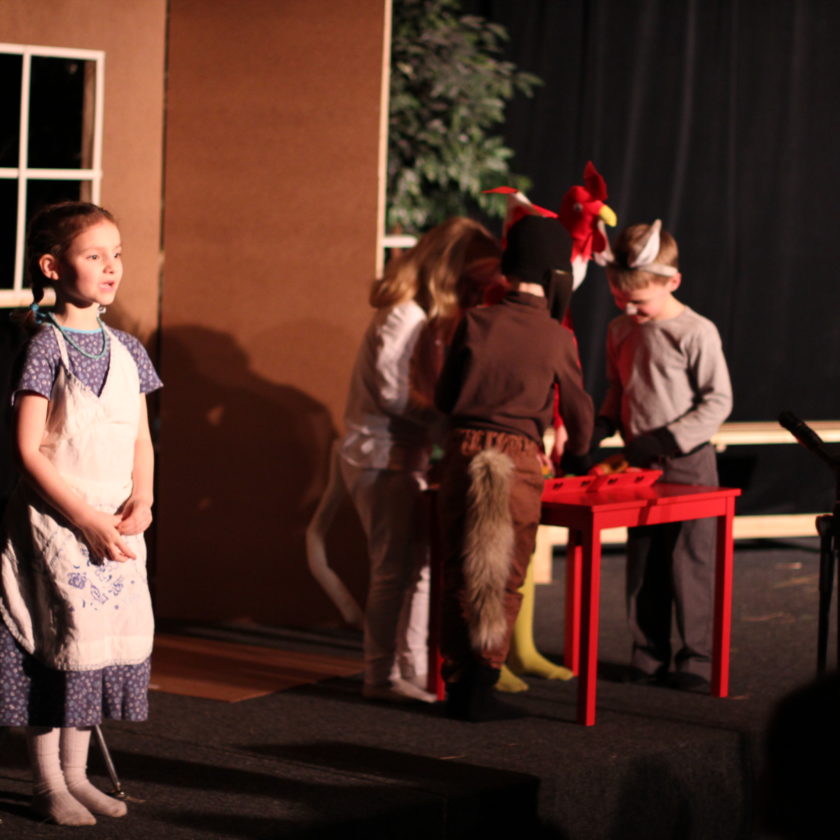Arts Festival
The Arts Festival features an all-school art gallery, dramatic performances from our oldest students, and musical selections from the younger students. Past performances include: The Lion the Witch and the Wardrobe; The Hobbit; The Pilgrim’s Progress.
Spring Playhouse
The Spring Playhouse is an opportunity for students in Kindergarten through Third grade to present short skits or plays that are based on classic children’s literature. Students in grades four and up will perform musical selections.
Aesthetic Vision
The apostle Paul instructs us to set our minds on that which is true, noble, just, pure, lovely; we are to meditate on those things which are of good report, virtuous, or praiseworthy. These attributes belong wholly to the triune God. He is all-knowing, all-just, all-good, all-beautiful, etc. The encompassing of these invisible attributes of His divine nature is what the Bible refers to as “the glory of God.” Since all glory (and the attributes therein) belongs to God, man cannot obtain glory of his own initiative. Likewise, since all beauty belongs to God, man cannot achieve beauty of his own initiative. This means that when an artist creates a beautiful work of art, he does so because he was made in the image of God. He was created to reflect or imitate God’s glory.
We therefore affirm an objective quality of beauty. The measure of beauty is God himself. However, as finite creatures, no one person can fully comprehend the depth of God’s infinite beauty. Because of this human limitation, beauty may appear to take on a subjective nature, “in the eye of the beholder,” when in fact the observer is simply seeing with a partial or impaired vision.
As a Christian school, we seek to instruct our students to:
- Glorify God in their handiwork
- Reject aesthetic relativism and nihilism
- Make aesthetic judgments in humility
Furthermore, it is our desire to model beauty not only in the fine arts curriculum, but throughout the campus and culture of the school.
The standards we use in determining what we consider to be aesthetically valuable include, but are not limited to, conformity to the standards of Scripture, historical durability and the approval of many minds over generations, a balance of complexity and simplicity, dignity, metaphorical strength, harmony, subtlety, the power to evoke love of truth and goodness, the art of concealing art, acuity or craftsmanship, an ability to work against standards while honoring and employing them, avoidance of formulaic clichés, and wisdom.








